
Sake is poured at a ‘tpb,’a sake bar run by Tokyo Port Brewing, in Minato Ward Tokyo on July 12.
17:41 JST, August 1, 2024
TOKYO (Reuters) — The gentle lilt of a flute fills a cramped second-story space in Tokyo that houses a burbling vat of fermenting sake.
The microbes in the 670-liter tank will take more than two weeks to turn its contents of rice and water into Japan’s traditional alcoholic drink.
But they are not only alive, they are listening too, said brewer Yoshimi Terasawa, and the type of music coming from a loudspeaker below the tank determines how the spirit will taste.
“The micro-organisms inside are activated by the vibrations, and the taste changes,” said the 63-year-old chief brewer of Tokyo Port Brewing.
Music is among the unconventional techniques Terasawa is using at the only sake factory in the heart of the capital.
Crammed into a narrow four-story building, the small-batch operation employs methods that promise to help the industry resist the fallout of climate change.
It uses modified machinery and ergonomic processes that consume less energy and labor than a traditional open-air brewery in the countryside.
“Making sake on this kind of smaller scale makes it easier to keep the production environment constant,” said 45-year industry veteran Terasawa.
The company turns out about 30 kiloliters of sake each year, or enough to fill almost 42,000 720-milliliter bottles.
But changing consumer tastes and Japan’s ageing population have hit demand, and the government says the number of sake breweries has shrunk two-thirds from its 1970s peak to just over 1,100 now, more than half operating in the red.
Other challenges are a shortage of labor as brewers retire, surging fuel costs and disruption in rice supply because of global warming.
Terasawa said his compact brewery offered a model to meet those challenges.
The process starts on a fourth-floor balcony, where he and an employee steam the rice for 70 minutes.
Then they rely on gravity to funnel the rice through apertures in floors and ceilings to a mold-application room on the third floor, before fermentation on the second, using tap water, and finally bottling the sake at ground level.
“In the future, small breweries like this will have a great deal of merit,” Terasawa added.
"Science & Nature" POPULAR ARTICLE
-
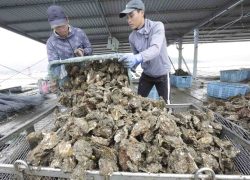
Mass Oyster Die-Offs Confirmed in Japan’s Seto Inland Sea; High Water Temperature Cited as Primary Cause
-

Genome Study Reveals Milestone in History of Cat Domestication
-

Big Leap in Quest to Get to Bottom of Climate Ice Mystery
-

Security Camera Footage Vulnerable to Outside Access; Investigation Finds 3,000 Pieces Exposed Online
-

Paws on Parade: Nairobi’s Dogs Dazzle at ‘Pawchella’
JN ACCESS RANKING
-
Keidanren Chairman Yoshinobu Tsutsui Visits Kashiwazaki-Kariwa Nuclear Power Plant; Inspects New Emergency Safety System
-
Imports of Rare Earths from China Facing Delays, May Be Caused by Deterioration of Japan-China Relations
-

Japan Pulls out of Vietnam Nuclear Project, Complicating Hanoi’s Power Plans
-
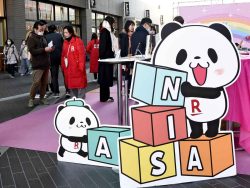
Govt Aims to Expand NISA Program Lineup, Abolish Age Restriction
-
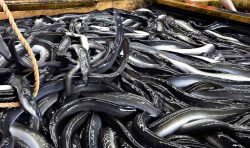
Blanket Eel Trade Restrictions Rejected


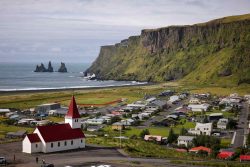








-250x164.jpg)











